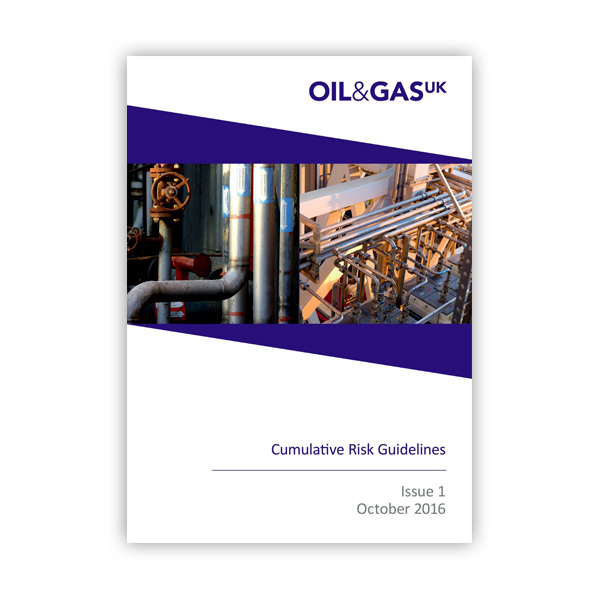The UK upstream oil and gas industry operates within a goal-setting regulatory framework in relation to major accident hazards (MAH). As part of their management, if an item of plant, a procedure, or a person is unable to function as effectively as intended, then this represents a deviation from the norm that needs to be managed. As such, deviations include degraded SECE performance, maintenance backlog and poorly planned change.
If the deviations present an increased potential for adverse consequences, then all practicable alternative or additional measures must be identified and those that are reasonably practicable implemented so that the risk remains as low as is reasonably practicable (ALARP) – see Appendix B. While this is a well-understood process for a single adverse situation or deviation, the significance of the threat from the cumulative effect of a number of deviations has become more apparent in recent years.
There is a recognition that management of each deviation individually may not ensure that the cumulative risk of many deviations acting together is effectively managed. Cumulative risk management covers the proactive management of multiple deviations and the risks from them including their interaction. Duty holders need to be able to demonstrate to themselves and the regulator how they manage cumulative risk.
These guidelines aim to increase awareness of the need to manage cumulative risk and guide how to do this as a vital part of the MAH management process. The guidelines suggest a number of approaches and methods recognising that different cumulative risk issues may require different assessment methods. Of vital importance, these guidelines are based on the principle that each individual deviation is suitably managed through processes such as operational risk assessments (ORAs), or maintenance backlog management processes.
The principal application of these guidelines is to give decision-makers such as offshore installation managers (OIMs), operations managers and asset managers the means to make informed decisions when there are a number of deviations by providing the means of determining whether there are suitable measures in place to manage the resulting increased risk. Additionally, a cumulative risk management process can input to a work planning and prioritisation process, for example, by identifying deviations that give the greatest risk reduction benefit when addressed.
Available as a PDF Download only.
Members can download this publication free of charge
As part of OEUK membership, members can access our library of industry guidelines free of charge.
£250.00 exc. VAT
Share this publication

